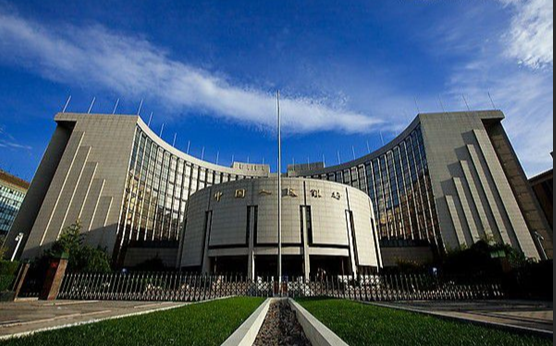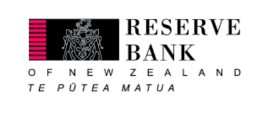PBOC to further cross-cyclical adjustments
China's monetary policy will aim at further improving cross-cyclical adjustments so that credit will grow moderately and steadily and the entire liquidity remains reasonably ample, said Ruan Jianrong, head of the statistics and analysis department of the People's Bank of China, the nation's central bank, on Friday.
Ruan made the comments at the China International Finance Annual Forum 2022, which is part of the six-day China International Fair for Trade in Services that began in Beijing on Wednesday.
Ruan said China will avoid flood-like stimulus or overissuance of currency, pay close attention to inflationary risks from both home and abroad, and keep domestic prices stable.
"The current consumer price increases have been relatively mild. The fact that China refrained from adopting excessively stimulative monetary adjustments, especially during the COVID-19 pandemic, has left much room for future operations," she said.
By using tools such as re-lending facilities, medium-term lending facilities and open market operations, the central bank has reasonably increased liquidity in the market, Ruan said.
Data from the PBOC showed that M2, or the broad money supply, increased 12 percent year-on-year in July. The annual growth rate for aggregate financing to the real economy came in at 10.7 percent in July and that for renminbi loan balance reached 11 percent. The average interest rate for corporate loans came in at 4.29 percent in the first seven months of the year, down 0.34 percentage points compared to the same period of 2021.
In mid-April, the PBOC lowered the reserve requirement ratio by 0.25 percentage points to release 530 billion yuan ($77 billion) of long-term capital into the market. On Aug 15, the central bank lowered the one-year MLF by 2.75 percent, down from 2.85 percent the previous month. Analysts from Vanguard Investment Strategy Group said they believe the central bank will maintain the MLF at 2.75 percent till the end of this year.
The 5 basis point cut in the loan prime rate, a benchmark interest rate, that the central bank adopted in late August, which is milder than market expectations, also reflected ample liquidity, said Sun Wu, chief financial markets analyst at MUFG Bank China.
Continued efforts will be made to enrich the supply of structural monetary policy tools and perfect related mechanisms, said Ruan of the PBOC. The financial sector should better serve the real economy so that the country can achieve economic growth both in the short run and the long run as well as stable prices, she said.
Regarding the foreign exchange market, Ruan emphasized the higher elasticity of the renminbi. Given the two-way fluctuations of the Chinese currency and market-based formation of foreign exchange rates, cross-border capital flows in China have remained stable. Foreign exchange should better play its role in stabilizing macroeconomic development and the country's balance of payments, Ruan said.
While the yuan has depreciated against the greenback to touch 6.9 in the past few trading days, it has appreciated against other major currencies such as the euro or the Japanese yen. The stronger US dollar is the major cause for the renminbi's recent fluctuations, said Wang Tao, head of Asia economics at UBS Investment Bank.
Given the higher pressure on economic growth in China, the renminbi's moderate depreciation will benefit exports to some extent. In light of the significant trade surplus and stable capital flows, the odds of the renminbi's substantial depreciation are quite low, Wang said.





















































First, please LoginComment After ~